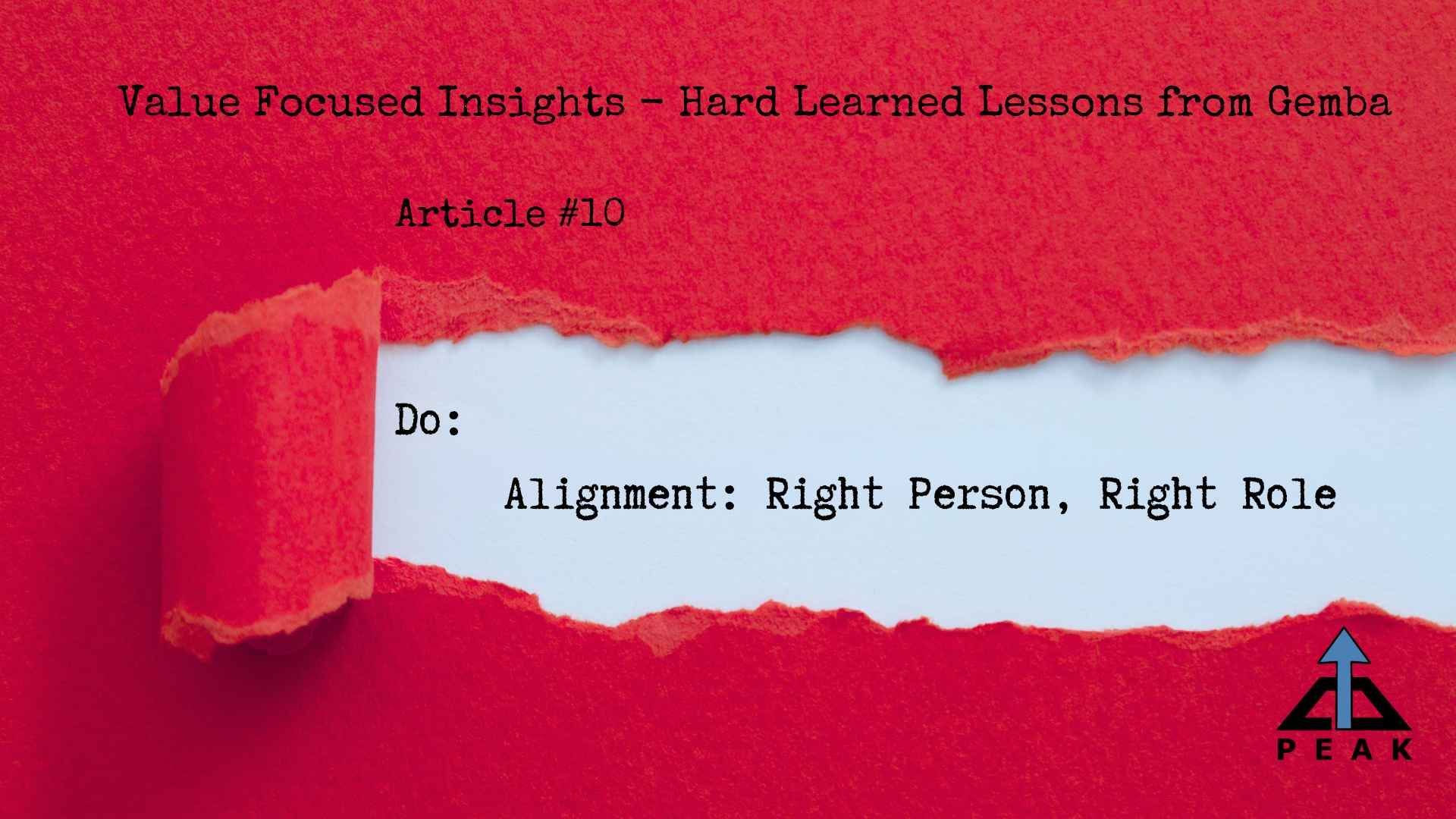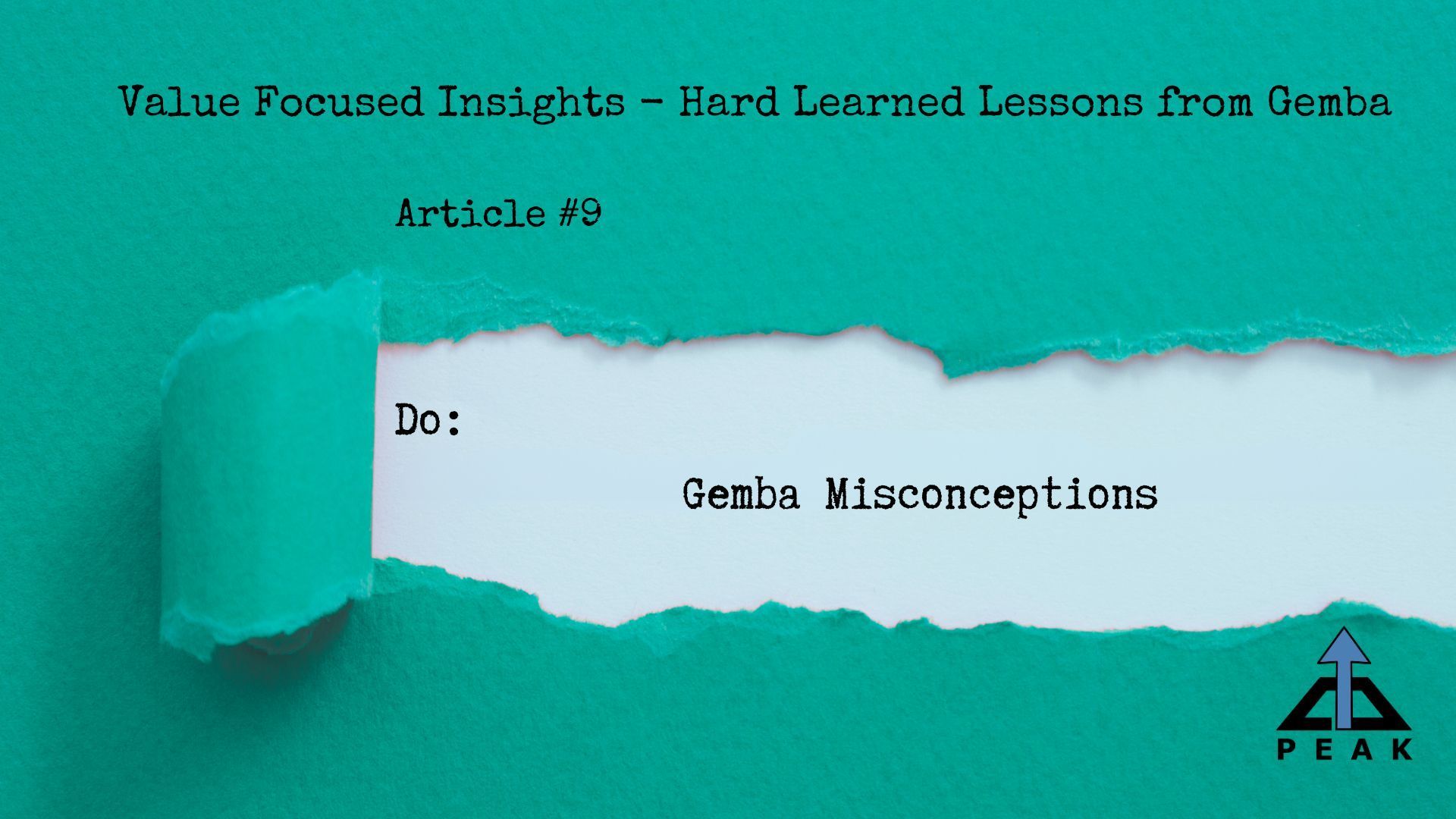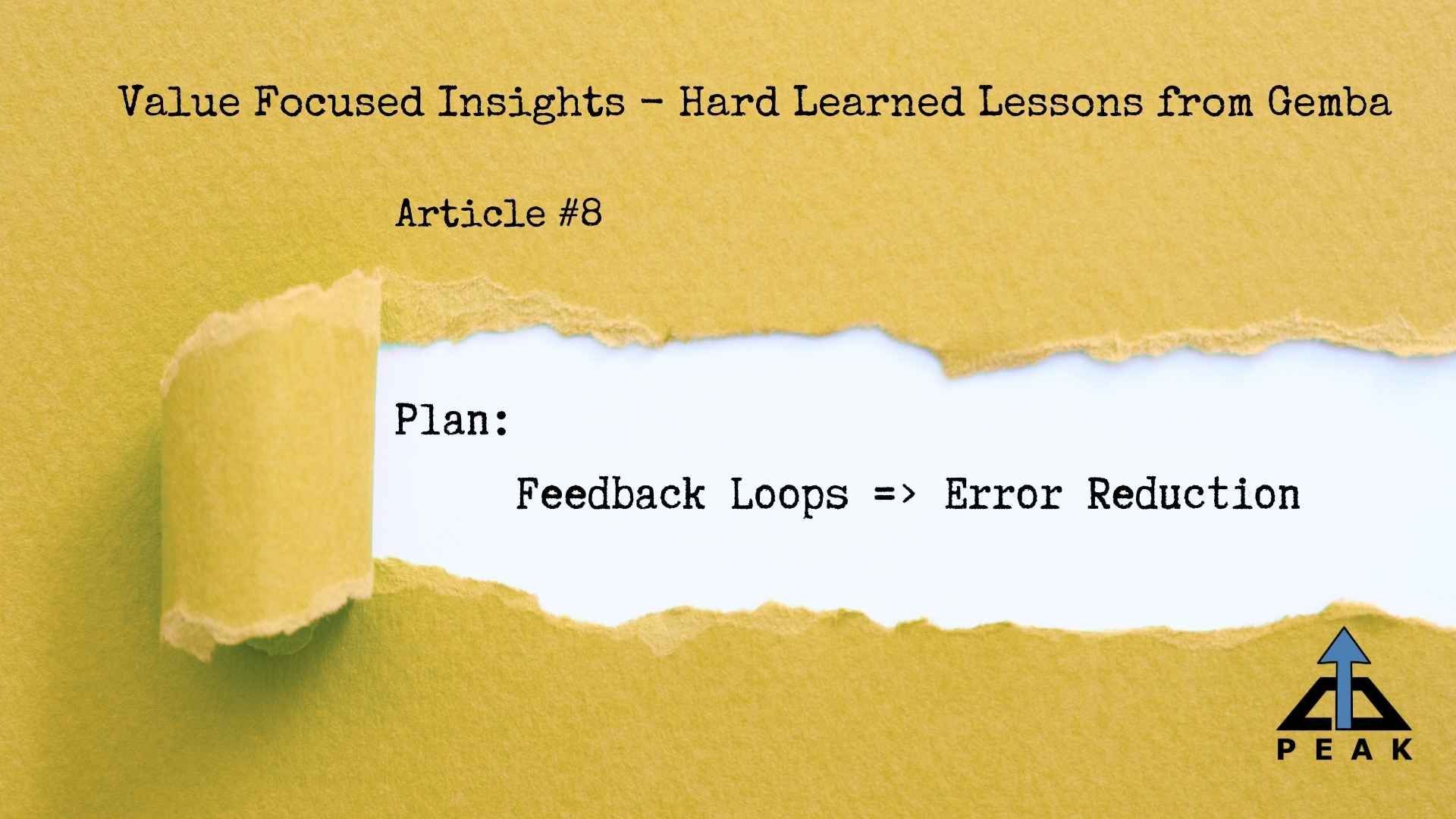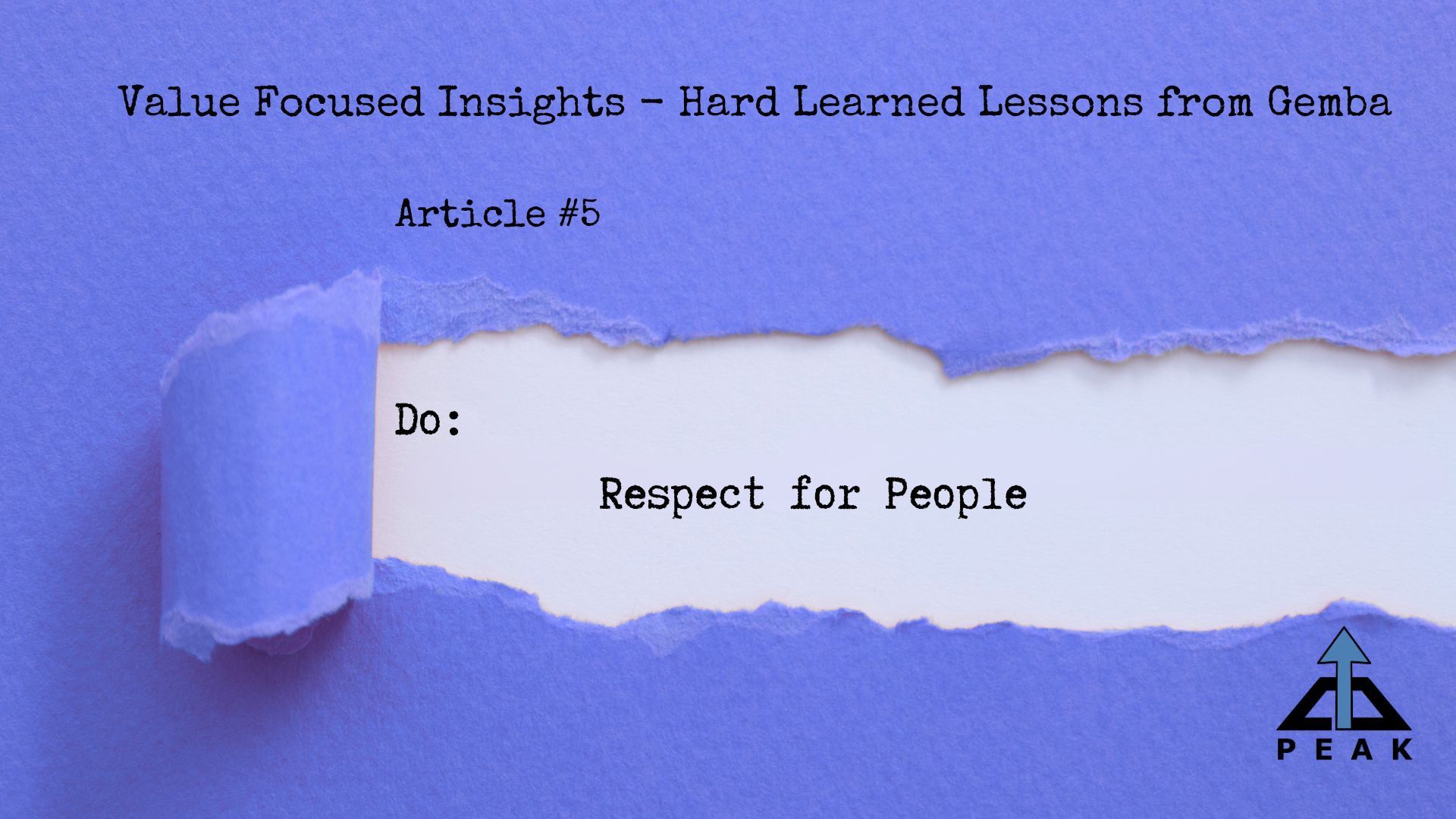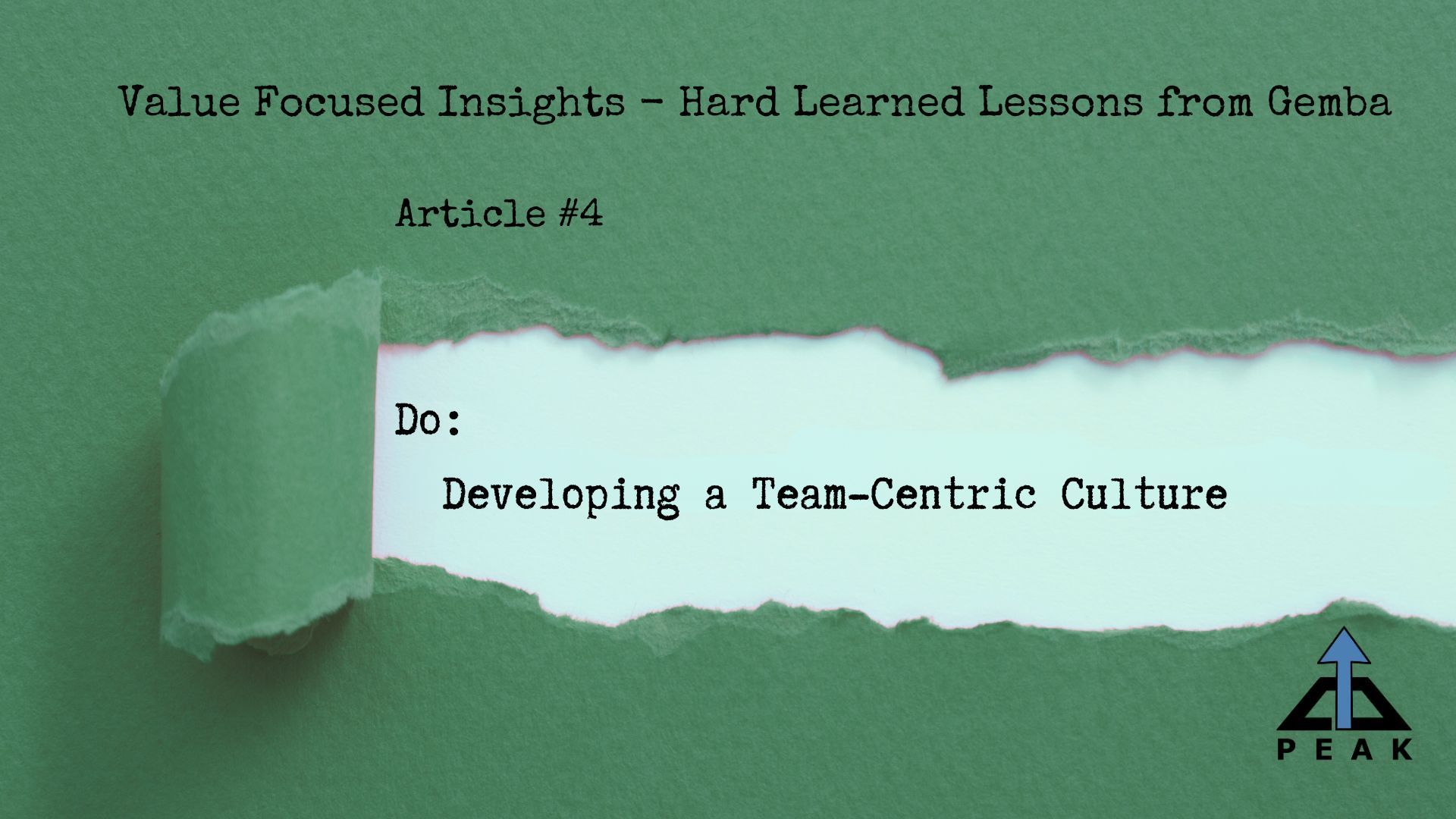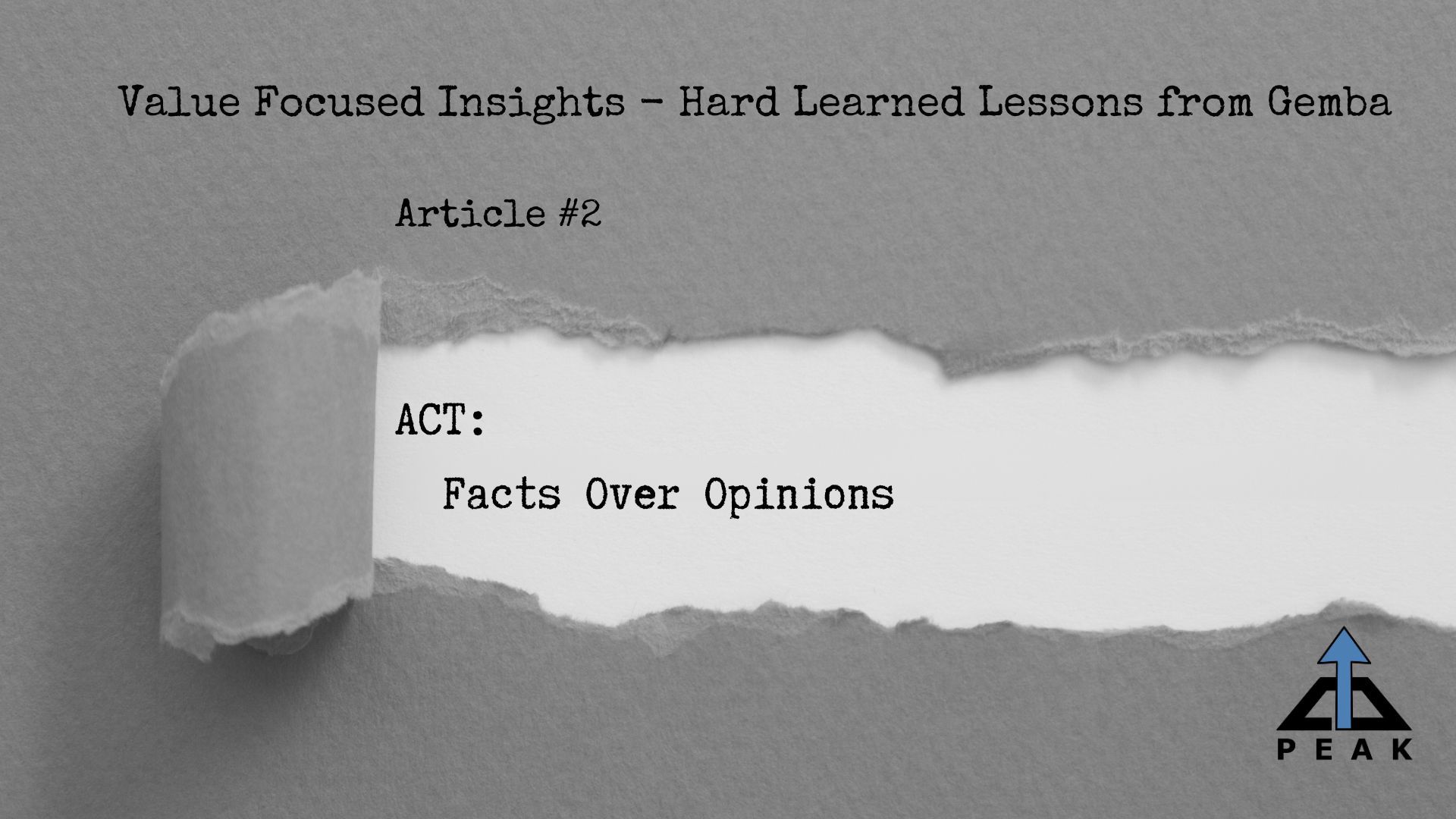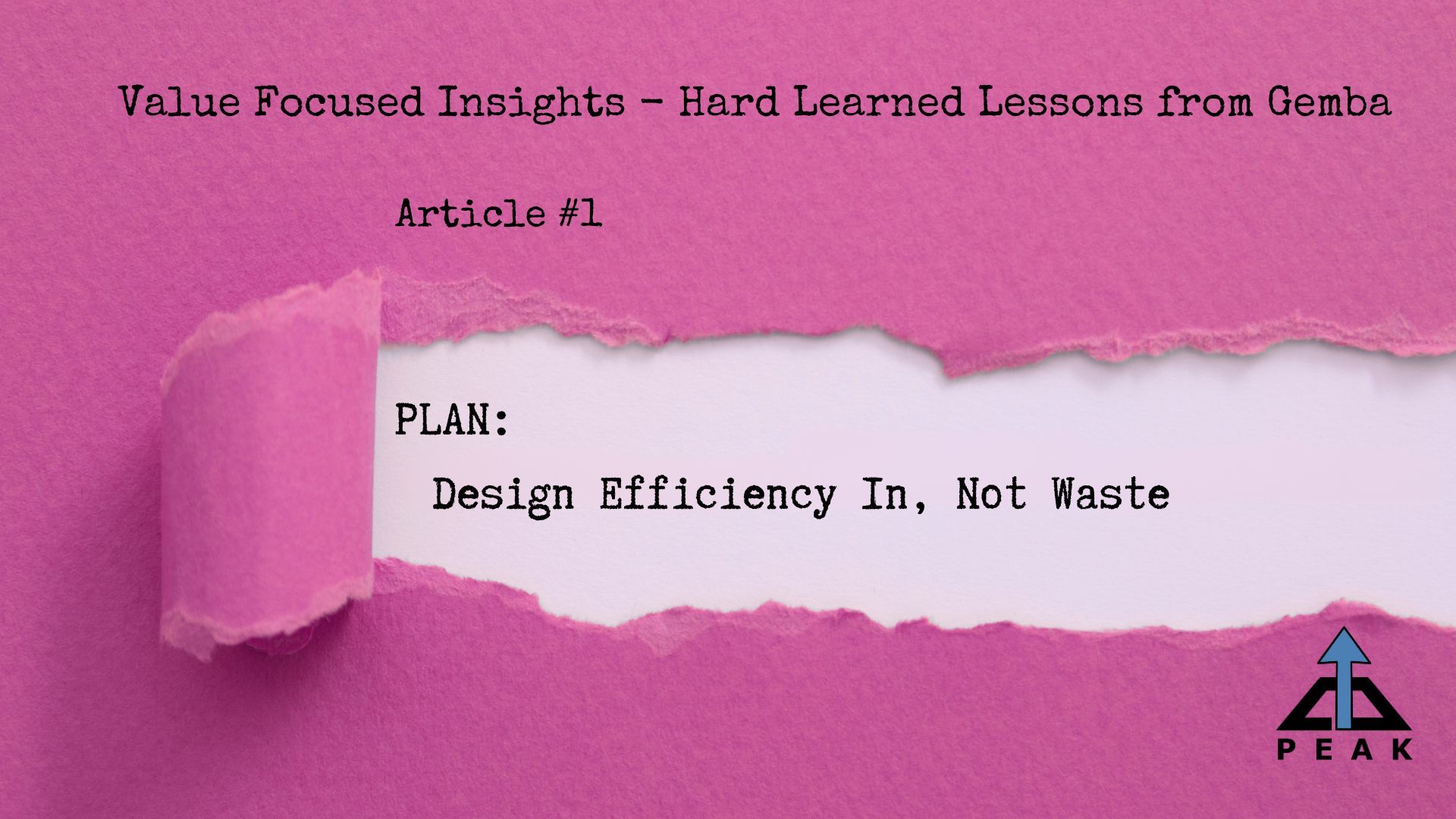Why Go to the Gemba?
Annah Godwin
Key Points When Going to Gemba
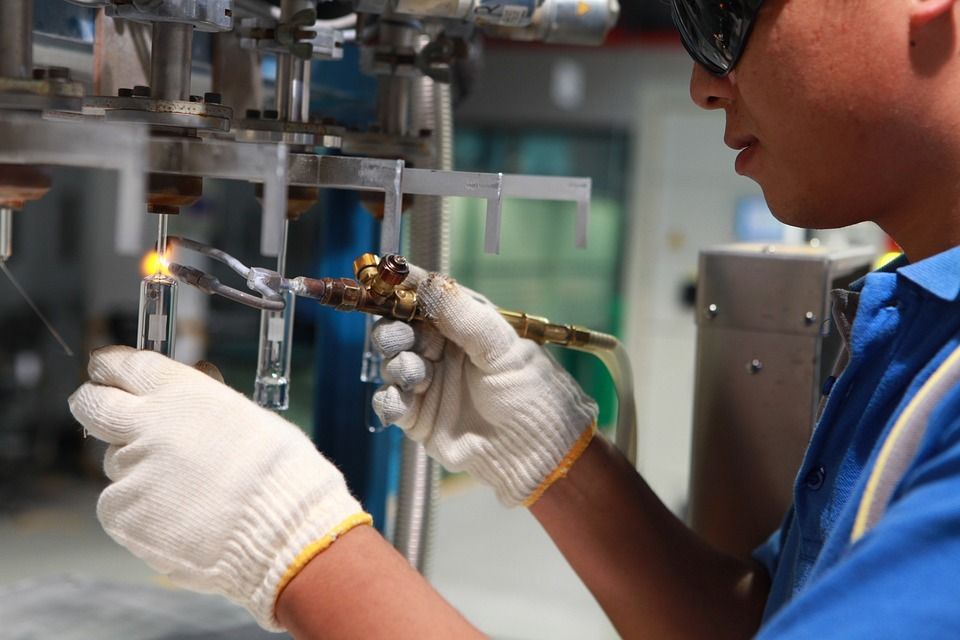
- Why go to the gemba?
- Where is it?
- When to go and who goes with you?
You might think these are simple, easy questions to answer but sometimes it can be tricky.
The gemba is commonly referred to as the place where work happens, but in many companies, it has been modified to mean going to the shop floor or work area for the purpose of management oversight or problem follow-up. However, I believe when used that way, we lose the heart of gemba, which at its core shows respect for the people and process by humbling oneself to admit we don’t have a deep understanding that is crucial to create key improvements. Maybe a more accurate definition is the place you go to learn about the current state of the process, materials, machinery, and people in order to more accurately solve problems. Most times the gemba will not be found in the conference room or online meeting space, although many problems are studied, reviewed, and “solved” in those spaces.
As pull is a key principle to the flow of product, so must there be pull, like gravity, on us to continually return to the area of work in order to build understanding, find the facts, and reveal the truth. The search for knowledge should not be limited to just manufacturing areas or shop floors but should also focus on the processes that support those areas such as scheduling work, ordering materials and supplies, hiring and on-boarding, quoting, accounts receivable and payable, all of which have to happen in order to continue the work on the floor. By ignoring those processes, or even worse, placing them off limits, we create a hopeless environment full of waste that is perpetrated by lack of understanding. This leads to strife and frustration among leadership across departments, erodes relationships, and strains resources, all while the gemba remains inefficient and full of waste. If we truly want to improve the entire value stream, all processes must be open to reveal the truths they contain.
But why is it important to go to the gemba? Maybe a better question is: Why not go? What stops us from making the journey? Are we afraid of what we will find? Will the problem be worse, more messy, more complicated, more demanding, than we originally thought? Or are we just more comfortable sitting behind our desk, with our computer, thinking we have full understanding, and are smart enough to fix problems without the facts? If we, as continuous improvement practitioners, students, and coaches, are truly committed to long term sustainable improvement that impacts individuals, teams, departments, machinery, and processes for the better, then how do we succeed without the facts? Going to gemba is a fact-finding mission that provides correction to wrong opinions, theories, false truths, biases, and accepted norms. This is why we go, is to learn, to be humble, to gather facts, to see first-hand realities, and to challenge our preconceived thoughts.
I have sat in meeting after meeting when subjective phrases such as: “we think”, “we hope”, “in my opinion”, “the theory is” are used throughout the discussion, usually with little to no push back. Just listen; you’ll hear them. What makes this practice so frustrating is key assumptions are made about the problem that leads to incorrect problem statements which ultimately lead to wrong solutions that are doomed to fail. We then head to the gemba to train everyone on the new changes to fix the problem and are shocked to find in follow-up reviews that it didn’t work or made things worse! Sometimes after those meetings I would go to the gemba to clear my head and gain some perspective. It wasn’t uncommon for me to run into a team member and together observe and discuss what we saw, often with the result of discovering facts which refute the assumptions or changes we had made in the meeting. With that newfound information, I would strike out on a path to correct the assumptions and push to modify the problem statement and solutions. Our jobs should be to make everyone’s life better by providing sound problem solving that starts and ends at the gemba.
I remember leading a kaizen which focused on a manufacturing process. On the first day we went out to observe the process and the team received much more attention than normal. In this case the interest wasn’t in what or where we were working but with whom. When the president of the company rolled up as a team member that week, dressed and ready to work, everyone noticed. His presence truly demonstrated that all employees are invited to come and learn the facts, the realities, and truths that are found only at the source. It beckons all to explore, watch, listen, and learn. Really, everyone who desires to make improvements should follow this example and allocate part of their time to observing the processes and people and reflect on the current condition. I believe the gemba would absolutely thrive if everyone did.
There have been times when I wished my desk was mobile and could move to the gemba. I could see minute by minute what was happening, which would allow a more precise understanding of the current state. Squeezing in time to observe and learn firsthand can be quite challenging, thus, careful management of your time can help maximize your experience and learnings. Here are some recommendations on when to go to the gemba.
Remember, this list contains the bare minimum, so additional time will provide more information.
1. As soon as you are given a project, kaizen, or improvement objective. The less you know about the process, the more time you need to immerse yourself. Realize it may require several trips over several days to gather the facts and data needed. If the process runs across multiple shifts, then observe more than just one to validate if the problem is a special occurrence on one shift or a problem on all. Don’t forget to spend a little time in the upstream and downstream areas to understand how they are being impacted.
2. At the initial project or kaizen team meeting. Fortunately, most companies understand the power in bringing a cross functional team together to work toward problem resolution. However, assuming all members understand the problem and process can lead to confusion; so, take the time to develop everyone’s familiarity with the process, area, and problem. As they watch the process together they will see the good, the bad, and the ugly and begin to brainstorm ways of improving it. They will revisit this common experience to answer questions and resolve disagreements as they progress toward implementation.
3. Anytime people begin to use subjective terms like “I think this is …”, “I hope ...”, or when everyone can’t agree on the current state of the process, a quick trip to the gemba can be beneficial. Subjective wording like “hope”, “think”, “sometimes”, “I’m not sure” indicate the team has left the realm of known facts and should be a red flag that more information is needed. At that point the gemba can move the group from opinions and conjecture, back to facts and reality. In the end the team will work through decisions and testing of solutions much quicker and with more success.
My respect and understanding for gemba has grown stronger the longer I have worked. I admit gemba isn’t always nice, pretty, clean, and organized. In fact, sometimes it is a “hot mess”, but that’s not its fault. With time, attention, patience, hard work, and determination of a group of gemba focused people, it can become a place of beauty, simplicity, and respect. It is a place that waits for you to come and experience all it has to offer. Just remember, when you answer its call, bring pen and paper while checking your assumptions and preconceived notations at the door. As you open yourself up to it, it will teach you, mold you, frustrate you, challenge and delight you with everything that occurs within its boundaries. It holds the knowledge that leads to respect and drives improvement. If you ever stand ready to walk through the door that leads to gemba but are unsure where to go, ask yourself this question, “Where do I go to observe (fill in the blank) moving through the process?” The answer will drive you to the gemba, and it will change the way you see the world.
Points to Ponder:
1. When was the last time you spent two hours in the gemba, observing, learning, and listening?
2. Could spending time in the gemba help deepen your understanding and knowledge?
3. How can you incorporate more gemba time in your project or teams?
Peaks and Valleys.....
